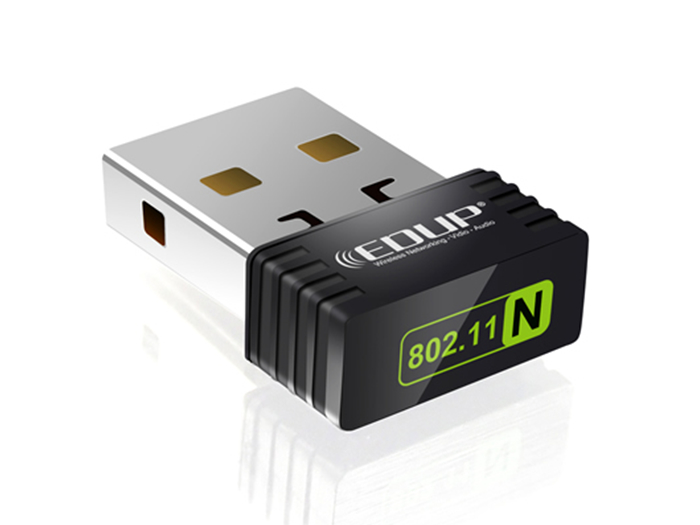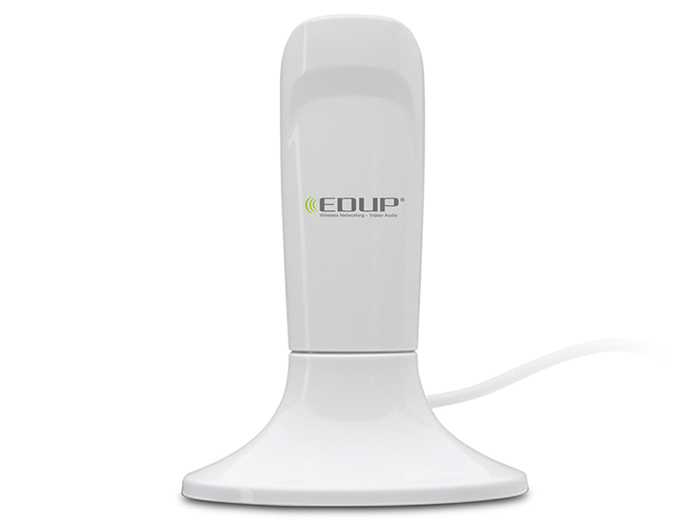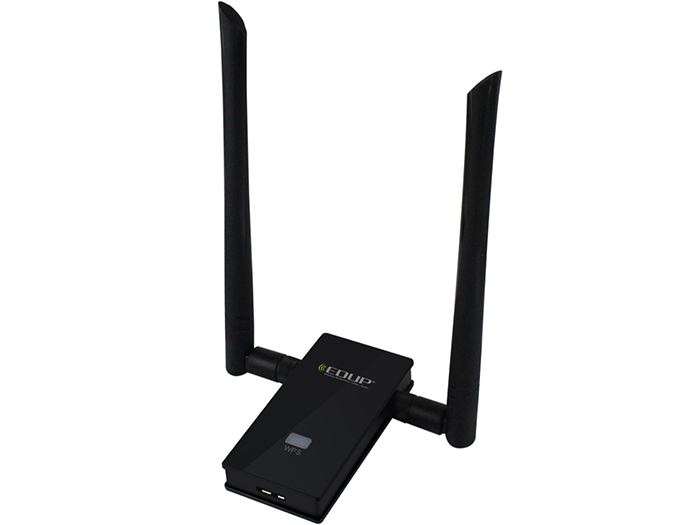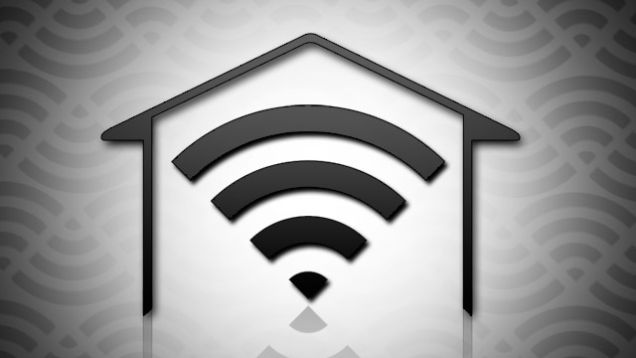How To Speed Up Your Home Wifi
At the same time, a significant number of business networks supported 802.11a (5 GHz) devices. The first dual band Wi-Fi routers were originally built to support mixed networks having both 802.11a and 802.11b clients.
Starting with 802.11n, Wi-Fi standards began including simultaneous dual band 2.4 GHz / 5 GHz support as a standard feature.
Dual Band Wi-Fi Adapters
Dual-band Wi-Fi network adapters contain both 2.4 GHz and 5 GHz wireless radios similar to dual-band routers. In the early days of Wi-Fi, some laptop Wi-Fi adapters supported both 802.11a and 802.11b/g radios so that a person could connect their computer to business networks during the workday and home networks on nights and weekends. Newer 802.11n and 802.11ac adapters can also be configured to use either band (but not both at the same time).
| Wi-Fi USB Adapters | Dual-Band Wi-Fi USB Adapters | |||
|
The Right Wi-Fi USB Adapter for Every Household |
 |
  |
 |
  |
| RANGE | GOOD | BETTER | BETTER | BEST |
| SPEED | UP TO | UP TO | UP TO | UP TO |
| 150Mbps | 300Mbps | 300Mbps | 450Mbps/867Mbps | |
| BANDS | 2.4GHz | 2.4GHz | 2.4 GHz Or 5.0 GHz | 2.4 GHz Or 5.0 GHz |
| IDEAL FOR | Web Surfing | Web Surfing | Web Surfing | Web Surfing |
| Email and Chat | Email and Chat | Email and Chat | ||
| Video Chat | Video Streaming | HD Video Streaming | ||
| Online Gaming | Multiplayer Gaming | |||
| SECURITY | Compatible with all | Compatible with all | ||
| Wi-Fi security standards | Wi-Fi security standards | |||
| ROUTER
COMPATIBILITY |
Compatible with all router brands | Compatible with all router brands | ||
Dual Band Phones
Similar to dual band wireless network equipment, some cell phones also use two (or more) bands for wireless communications separate from Wi-Fi. Dual band phones were originally created to support 3G GPRS or EDGE data services on either 0.85 GHz, 0.9 GHz or 1.9 GHz radio frequencies. Unlike Wi-Fi devices, phones sometimes support tri band (three) or quad band (four) types of transmission in order to maximize compatibility with different kinds of cellular networks, helpful while roaming or traveling. Cell modems switch between different bands but do not support simultaneous dual band connections.
Benefits of Dual Band Wireless Networking
By supplying separate interfaces for each band, dual band 802.11n and 802.11ac routers provide maximum flexibility in setting up a home network. Some home devices require the legacy compatibility and greater signal reach that 2.4 GHz offers while others may require the additional network bandwidth that 5 GHz offers; dual-band routers provide connections optimized for the needs of each.
Many Wi-Fi home networks suffer from wireless interference due to the prevalence of 2.4 GHz consumer gadgets. The ability to utilize 5 GHz on a dual band router helps avoid these issues.
Dual band routers also incorporate Multiple-In Multiple-Out (MIMO) radio configurations. The combination of multiple radios on one band together with dual-band support together provide much higher performance home networking than what single band routers can offer.






Leave a Reply
Want to join the discussion?Feel free to contribute!